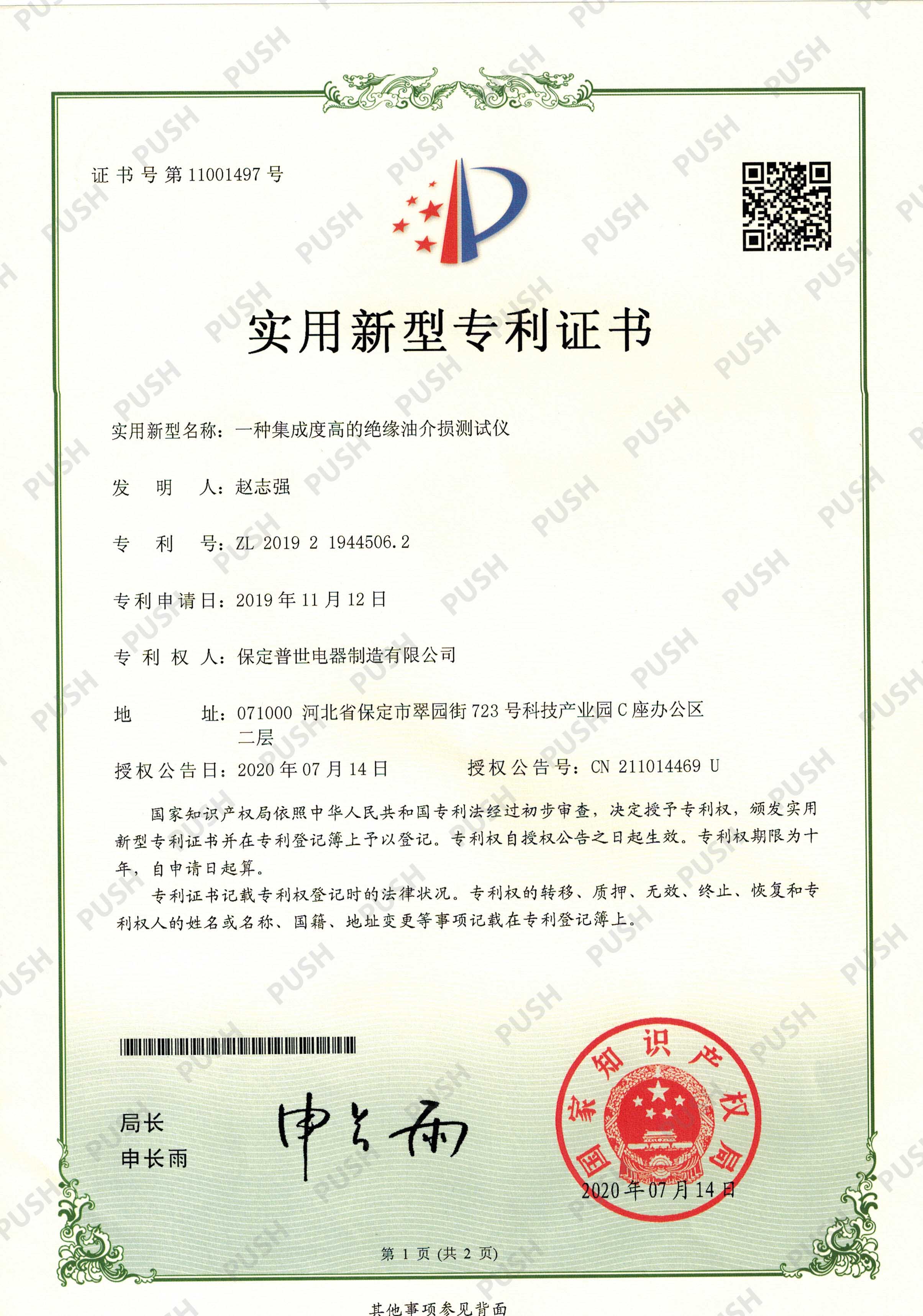 English
English


Optimizing Short Path Distillation for Efficient Separation Processes in Chemical Engineering
Short Path Distillation Unit An Overview
Short path distillation is a specialized form of distillation that plays a crucial role in the purification and separation of various organic compounds, particularly those that are sensitive to heat. This technique has gained popularity in industries such as pharmaceuticals, food processing, and the production of essential oils. The short path distillation unit stands out due to its unique design and operation, which differentiate it from traditional distillation methods.
At its core, short path distillation involves the separation of components based on their boiling points. The primary advantage of this method is the ability to operate under reduced pressure, which lowers the boiling points of the substances involved. This is particularly beneficial for thermally sensitive materials that could degrade or decompose at higher temperatures. The shorter distances that vapors travel within the apparatus further minimize heat exposure, resulting in higher product purity and improved yields.
A typical short path distillation unit consists of several key components a heating mantle, a short path distillation head, a condenser, a receiving flask, and various vacuum components. The process begins with the raw material being placed into a flask connected to the heating mantle. As the mixture is heated, the more volatile components vaporize and rise into the distillation head. The design of the head typically features a short, inclined path that allows vapors to condense quickly and efficiently.
The condenser cools the vapor, transforming it back into liquid form, which then collects in the receiving flask. This system can be operated in batch mode or continuously, depending on the production requirements. Continuous short path distillation units are gaining popularity because they allow for a steady flow of material, increasing overall efficiency.
short path distillation unit

One of the most significant benefits of using a short path distillation unit is the ability to achieve high purity levels. Traditional distillation may lead to the retention of unwanted compounds due to the complex boiling behaviors of mixtures. In contrast, the short path method effectively separates components with minimal carryover of impurities. This makes it ideal for applications that require high-grade products, such as essential oils and pharmaceutical ingredients.
Another advantage of short path distillation is its versatility. The unit can be adapted to handle a wide range of materials, including those that are viscous, heat-sensitive, or have close boiling points. This flexibility makes it an invaluable tool in laboratories and industrial settings alike.
Despite its advantages, short path distillation does have some limitations. The equipment can be quite expensive compared to traditional distillation units, and the setup requires specialized knowledge for operation and maintenance. Additionally, while the process is efficient, it may not be suitable for large-scale productions if the feedstock volume is excessive.
In conclusion, the short path distillation unit serves as a vital technology in the separation and purification of sensitive compounds. By utilizing reduced pressure and a shorter travel distance for vapors, this method enhances product purity and operational efficiency. As industries continue to demand higher-quality products, the adoption of short path distillation is likely to increase, paving the way for advancements in various sectors such as pharmaceuticals, food science, and cosmetics. Ultimately, the evolution of this technology will contribute to safer and more effective products that benefit consumers worldwide.
-
Differences between open cup flash point tester and closed cup flash point testerNewsOct.31,2024
-
The Reliable Load Tap ChangerNewsOct.23,2024
-
The Essential Guide to Hipot TestersNewsOct.23,2024
-
The Digital Insulation TesterNewsOct.23,2024
-
The Best Earth Loop Impedance Tester for SaleNewsOct.23,2024
-
Tan Delta Tester--The Essential Tool for Electrical Insulation TestingNewsOct.23,2024





